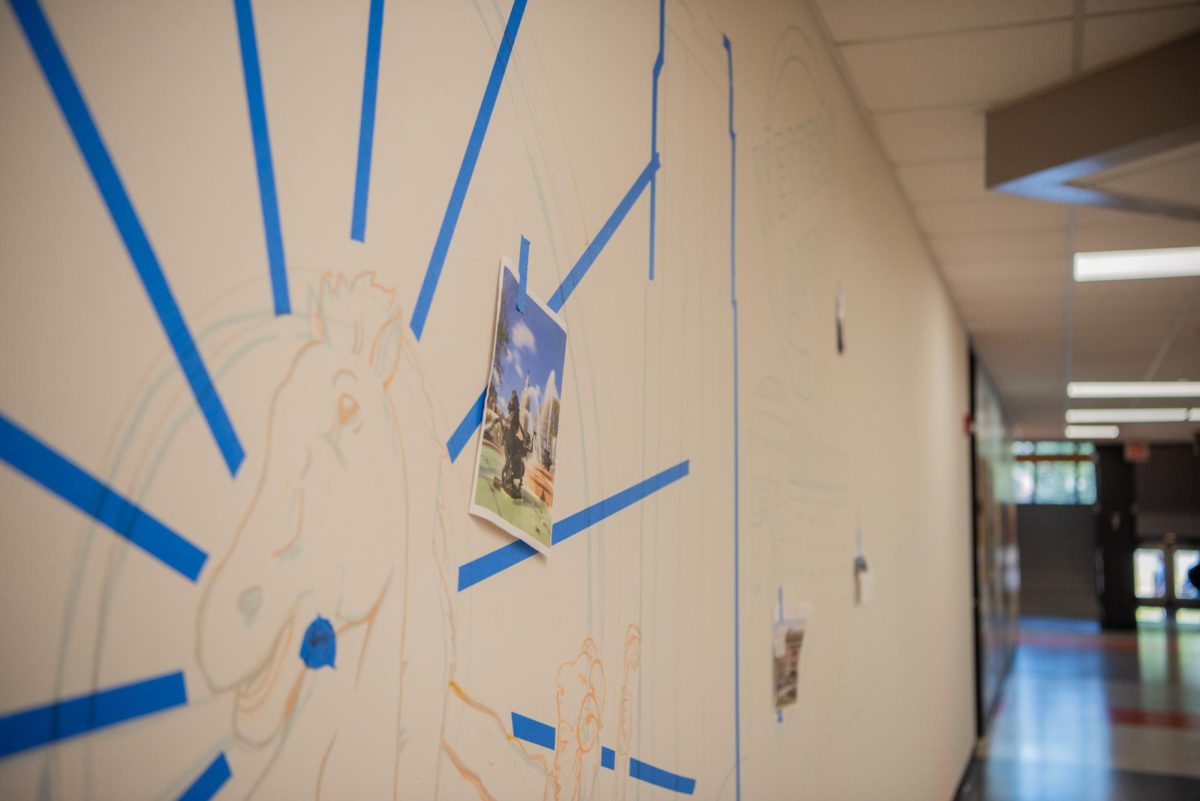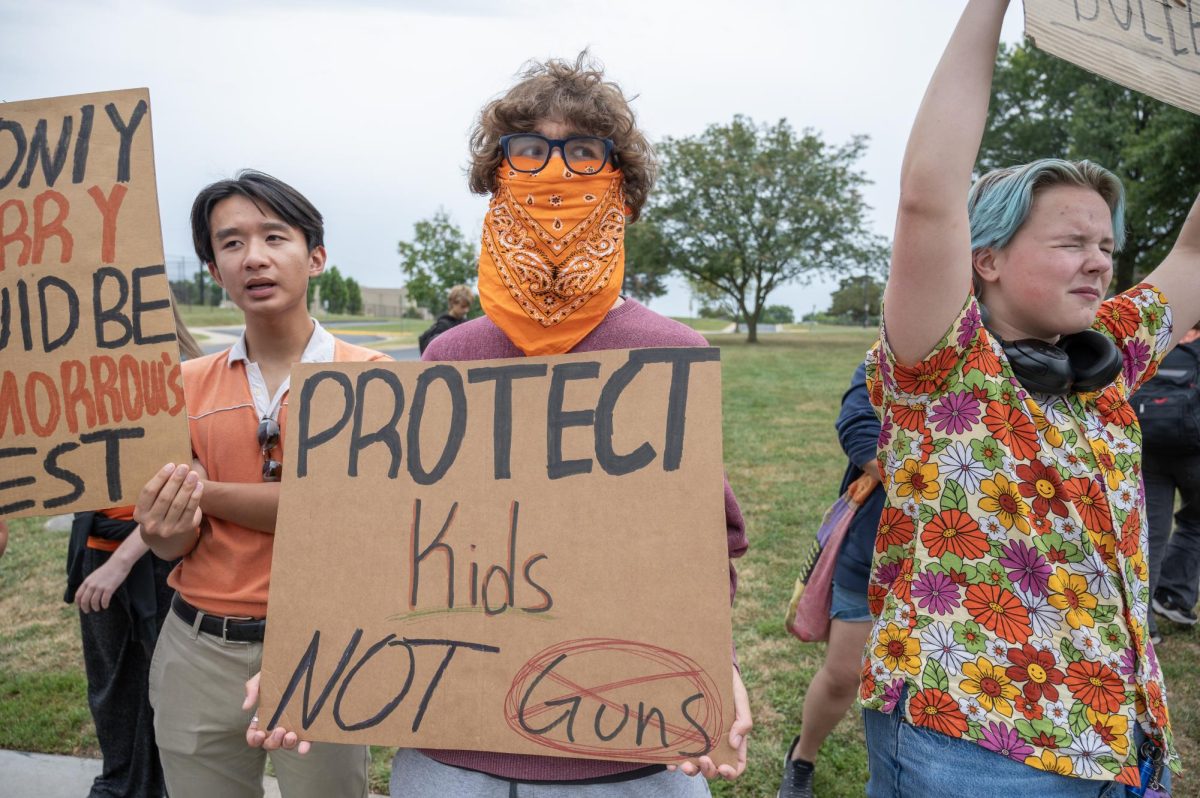As Thanksgiving approaches, the white-tailed deer mating season will have little effect on the number of deer in and around Shawnee Mission Park.
The number of deer in the park is expected to drastically decline as a result of the park’s Deer Management Plan, which began on Oct. 9 and will end by Nov. 30. The plan will reduce the herd from 400 to approximately 100 deer, at which point scientists will determine what the park’s carrying capacity is.
The number of deer in the area had been continually on the rise since the park opened in 1964.
Last fall, a biodiversity committee of Johnson County citizens with science backgrounds was formed to discuss how to handle some of the growing biodiversity issues in the county parks. The committee’s main focus was the overabundance of deer in Shawnee Mission Park.
According to a state survey last fall, the deer population in the two-square-mile park was roughly 200 per square mile. Some studies suggest the deer population for such a park should be 30 deer per square mile.
At this point, according to Johnson County parks and recreation community relations manager Randy Knight, the deer are having a negative impact on the park and themselves. They have destroyed much of the low-lying vegetation that birds and small animals live in. Additionally, as the deer struggle to find food, their health will continue to decline, and the entire herd will become subject to disease.
Although much of the park’s surrounding wildlife habitat has been replaced by suburban neighborhoods, park officials are more concerned about the park than the deer.
“By statute, we were not established to be a wildlife preserve. We were established to be a recreational park,” Knight said. “All you have to do is look at an aerial photograph to see how natural and passive is, and I think we’ve done a wonderful job of maintaining that. Now we’re simply trying to make sure it’s not destroyed, whether it’s by deer or anybody else.”
The deer will inevitably leave the park in search for food and become a danger to drivers on surrounding roads and Interstate 435 highway. Last year, a deer-vehicle collision resulted in one man’s death in Johnson County.
For these reasons, the committee decided to form a plan to reduce the number of deer. After researching several options, they chose lethal culling as the best method to reduce the herd.
According to Knight, it is illegal to physically relocate live deer in Kansas, and sedative drugs have not been approved for use on deer in the wild yet. So, despite numerous protests, the park has continued with its plan to use trained sharp shooters to slowly reduce the herd at night. All shots will occur at close range and be fired toward the center of the park. On nights in which shooting will occur, law enforcement will carefully patrol the perimeter of the park to ensure the public’s safety.
The Deer Management Plan will have more than one positive impact in the local area. After inspection for disease, the healthy deer meat will be shipped to Harvesters as a source of food for those in need. The deer hide will be developed into occupational therapy kits and leather gloves for wheelchair-bound veterans.
A secondary cull stage could begin as early as Dec. 7. If the sharp shooters do not reduce the herd enough, previously selected bow hunters will be allowed to enter the park until the herd is reduced to an ideal amount.
Click here to read more about Shawnee Mission Park.




